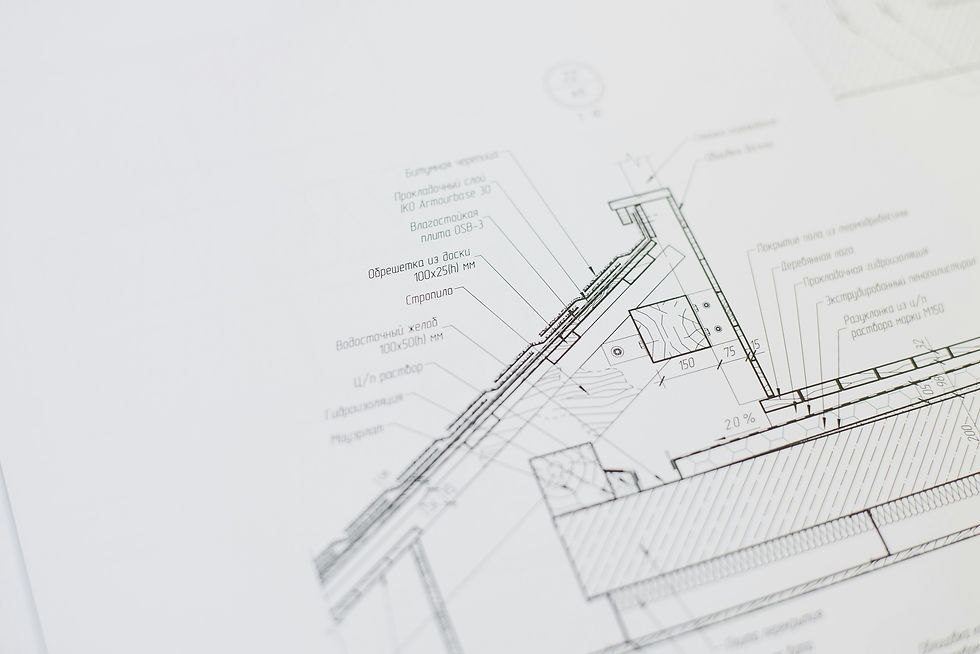How to Spot and Fix Mistakes in Your Chemistry Calculations?
- imrankhandigital64
- Mar 28
- 4 min read

Ever feel like chemistry calculations are out to get you? You’re sitting there, solving a problem, thinking you’ve nailed it, only to find out your answer is completely wrong. And the worst part? You don’t even know where you messed up.
Well, chemistry calculations can be tricky, and even a tiny mistake can throw off everything. So, let’s talk about how to catch those sneaky errors before they wreck your grade.
Why Do Chemistry Mistakes Happen?
First things first, why do mistakes even happen in the first place? It’s not just about “not paying attention.” Sometimes, errors sneak in because:
You misread the question: Maybe it asked for moles, but you solved for grams instead. Happens more often than you’d think.
Units got messy: Did you forget to convert milliliters to liters? Or mix up kilograms and grams? That can throw off your answer completely.
Calculator betrayal: Ever type something in, press enter, and get a number that makes absolutely no sense? Yeah, calculators aren’t magic, they only do what you tell them.
Significant figures drama: Your answer might be right, but if your sig figs are off, it’s technically wrong. Annoying, but true.
Formula mix-ups: Using the wrong equation or miswriting a chemical formula? Easy way to get an answer that’s totally off.
Sound familiar? Let’s talk about how to fix these before they cause problems.
Step 1: Slow Down and Read Carefully
We know, we know, you’re trying to get through the problem fast. But trust me, slowing down can save you a ton of time in the long run.
Read the question twice. Not just skimming, actually read it. What is it asking for? Moles? Grams? Concentration? If you start solving for the wrong thing, everything else falls apart.
Check if your answer makes sense. If you’re calculating the mass of a tiny sample and your answer is 50,000 grams, that’s a red flag.
Step 2: Keep an Eye on Your Units
Units can be sneaky. Forget to convert something, and your answer is instantly wrong. Here’s how to keep things in check:
Write out units in every step. This might feel like extra work, but it makes mistakes way easier to spot.
Make sure your final unit matches the question. If the problem asks for moles but you ended up with grams, something’s off.
Use dimensional analysis if you’re unsure. It’s basically a way to cancel out units step by step so you don’t mix things up.
Step 3: Solve It a Different Way
If your answer feels weird, try approaching the problem from another angle.
If you convert grams to moles, flip it, convert moles back to grams and see if you get the original number.
If you used an equation like PV = nRT, solve for a different variable and check if your original answer still makes sense.
Looking at the problem from another perspective can help you catch mistakes you didn’t notice the first time.
Step 4: Beware of Calculator Traps
You’d think typing numbers into a calculator would be foolproof, but nope, one tiny mistake and your whole answer is wrong.
So, re-enter your numbers. Seriously, double-check. One extra zero or misplaced decimal can mess up everything. Or try parentheses. Order of operations matters. If you’re dividing by multiple numbers, make sure you’re grouping things correctly.
And last but not least in this step, estimate first. If your rough estimate is 10 but your calculator says 0.001, something is definitely wrong.
Step 5: Don’t Let Sig Figs Trip You Up
Ah, significant figures, the silent grade-killer. Even if your math is perfect, rounding incorrectly can cost you points.
Match the sig figs in the problem. Your answer should have the same number of significant figures as the smallest number in the question.
Multiplication/division vs. addition/subtraction rules. With multiplication and division, count sig figs. With addition and subtraction, focus on decimal places. (Yeah, it’s annoying, but it makes a difference.)
Step 6: Ask Yourself, Does This Answer Make Sense?
This is the easiest way to spot a mistake, but most people skip it. Before you move on, just pause and think. Is this number reasonable? If I estimated roughly, would I get something close to this? Does the unit make sense for what I’m solving?If something feels off, don’t ignore that gut feeling, go back and check.
Step 7: Seek Chemistry Assignment Help
Chemistry is a tricky blog and we all agree to this. Hence, there will be some mistakes that you just can’t spot but they are ruining your answers.
In such a situation, a Chemistry Assignment Help can make everything easier by connecting you with their experts. All you will have to do is simply tell their experts there is a mistake and they will help you find it or even fix it if needed.
The only catch here is going to be in finding a reliable Chemistry Assignment Help which you can do by spending some time on researching.
Final Thoughts
No one gets chemistry calculations perfect 100% of the time, and that’s okay. The real skill is knowing how to catch and fix your mistakes before they cost you points. This blog has everything that helps in the long run.
The more you practice these steps, the more confident you’ll be in your chemistry calculations. And hey, fewer mistakes mean better grades, so it’s totally worth it.



Comments